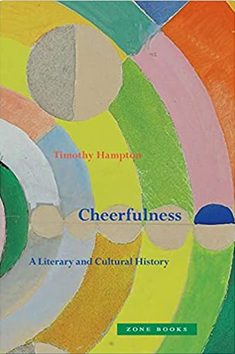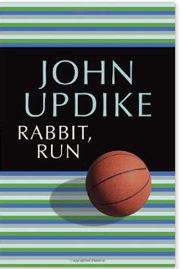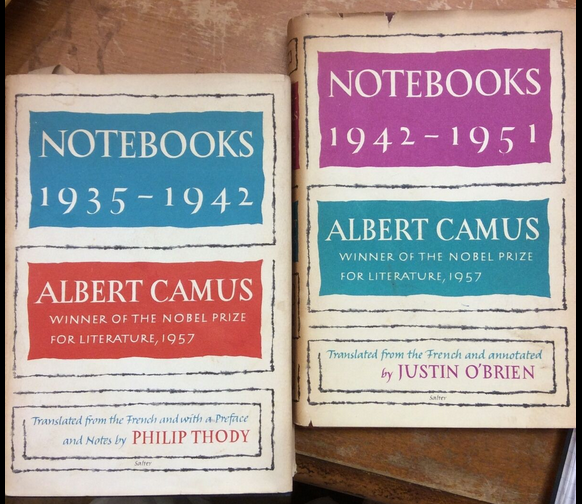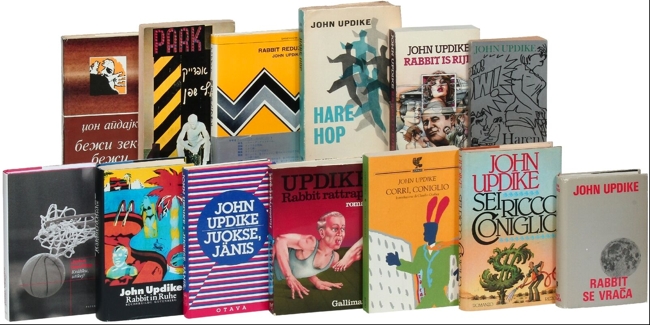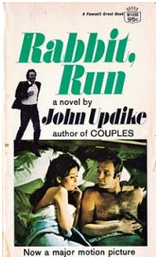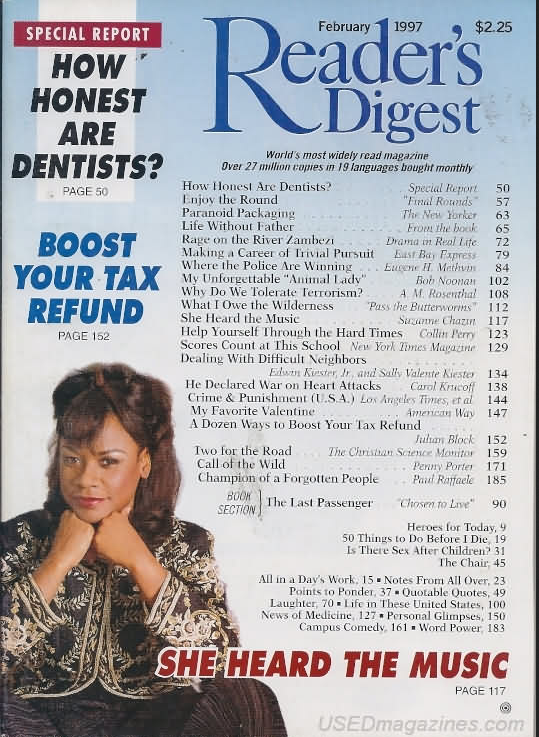In his review of Cheerfulness: A Literary and Cultural History by Timothy Hampton, The Guardian‘s Peter Bradshaw adds a few cheerful-related references that aren’t mentioned in the book . . . but, one gathers, should have been.
One such reference is the BBC wartime radio comedy It’s That Man Again—or ITMA—which “kept British peckers up during the blitz,” a “morale-boosting cavalcade of wacky characters, cheeky catchphrases and proto-Goon sound effects, in which depressed charlady Mona Lott, played by Joan Harben, would drone the latest awful thing that had happened to her and then hit you with the devastatingly deadpan punchline: ‘It’s being so cheerful that keeps me going.'”
Bradshaw writes, “Like Michel Foucault discussing the history of sexuality, Hampton proposes a history of cheerfulness that is not about the sunny character trait of the individual, which it’s possible to find enviable or annoying, but the unexamined social and cultural practice. It is a learned discipline, to be taken perfectly seriously as something that promotes cohesiveness and personal humility. He finds Friedrich Nietzsche to be a key figure in the history of modern cheerfulness. While not obviously Mr Cheerful, the philosopher was someone who rejected the idea of it as mere placid wellbeing” and Hampton “finds in Nietzsche’s ideas an important link with gaiety as a life-force, an apparently trivial but in fact vital component of what drives us to create and to achieve, and also to live fully and responsibly in maintaining the happiness of others.”
“Cheerfulness is a perennially uncool value,” Bradshaw writes, “something to be satirised as a symptom of sinister unexpressed anger. And yet in the real world it is part of that unassuming habit of politeness without which social interaction is impossible. Cheerfulness is never saying die, a key component of Dickens and also, I would say, (though he isn’t mentioned here) John Updike.”

